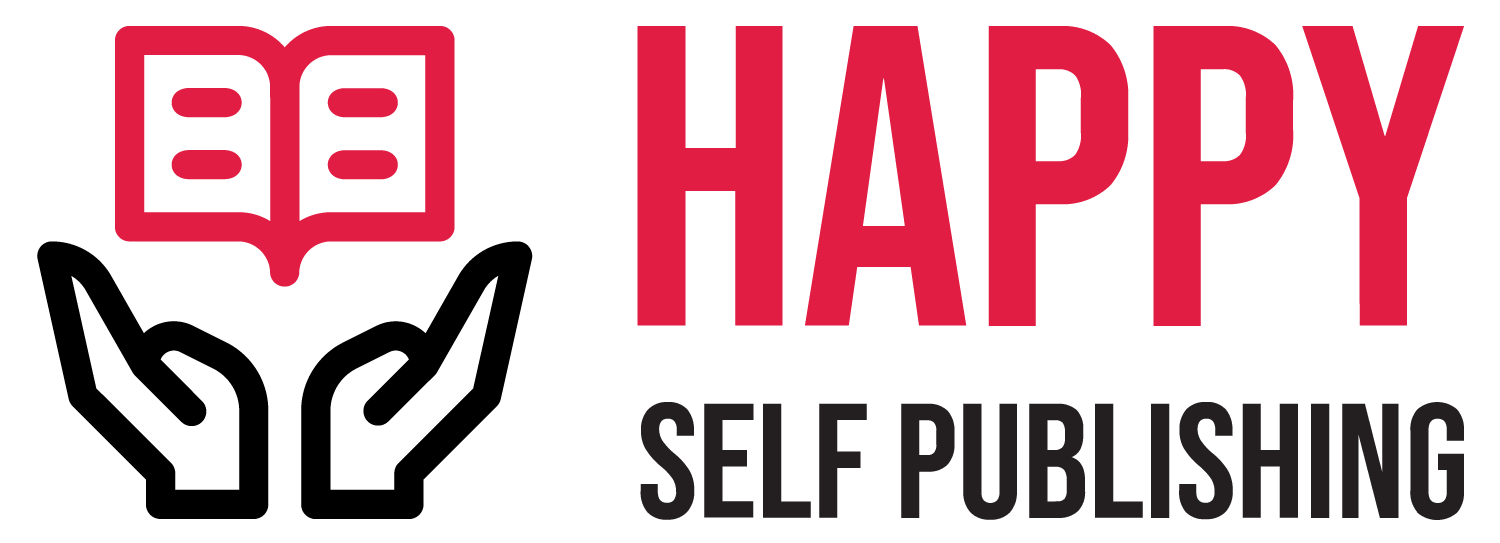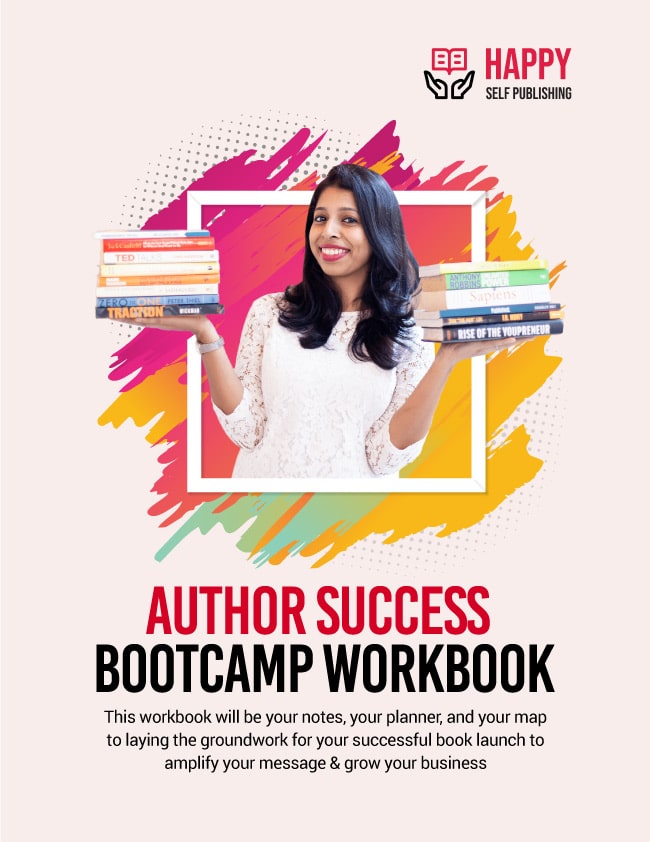[vc_row][vc_column][vc_column_text]
How to Get Readers to Finish Your Non-Fiction Book
A good nonfiction novel can have one of two effects: it pulls you into the material and holds you there until the end; or, it has a lot of excessive information with overly long paragraphs that run on for pages.
In this post I’ll run through some basics of writing and formatting your nonfiction book so that readers can enjoy the journey and work through your novel from start to finish.
Remember, you want people to read as much as they can. As of July 1st, 2015 Amazon now pays out royalties based on pages read and not by units purchased or loaned. This means less money for you if your book doesn’t get finished. Let’s turn fans into readers that get books finished.
Here are some tips on how you can increase your reader’s reading experience by making your book as easy-to-follow as possible.
Avoid overly long explanations to beef up word count
As authors we want our books to carry a lot of weight, and one of the temptations is to add as many words as we can to fill it out. This could result in a lot of text being added that doesn’t have to be there. Winded and drawn out explanations tire out readers and could influence them to stop for a break; that could result in your book getting shelved and never picked up again.
Keep paragraphs/sentences short and to the point
With the amount of information out there in books, blogs and online courses people are narrowing down the time it takes them to read through something. According to this article in The washington Post, people are developing superficial ways of reading everything. The article states: “This alternative way of reading is competing with traditional deep reading circuitry developed over several millennia.”
For a nonfiction author, you can combat this problem by writing less and more concisely. Keep paragraphs short. I come across a lot of books these days in digital platform that have long paragraphs expanding 20-30 lines. In traditional books this is the norm but in current books and blogs, writers that want their material to get read are shortening up the content. Long paragraphs get skimmed quickly or passed over.
This applies to sentences as well. Short, snappy sentences give people the illusion they are making progress in their reading. Avoid long anecdotes and background information that isn’t needed.
INDIE authors Steve [S.J.] Scott and Patrick King have both published numerous nonfiction titles and their books are fast, informative and well-written, with snappy paragraphs that are short enough to keep readers engaged from the start. Check out their titles and model the structure of those books.
Add graphs instead of text
If you are discussing statistics in your book, consider putting in a graph or table to show the details of research or results. Tables, charts and graphs will draw in your reader’s attention and can be a good break from reading. Using graphs to explain numerical data, timelines or facts and figures can make your nonfiction book look more attractive and professional.
End your chapters with a call to action
Readers buy nonfiction because for several reasons: they either want you to solve a problem or provide valuable insight on a subject they are struggling with. One of the best ways to keep the momentum moving is end each chapter with either a quick wrap-up of the key points just covered or, a set of call to action steps.
Taking action and getting something done appeals to many nonfiction readers. They skim because they want to absorb and learn information for a purpose that could be building an online business or for personal development. Whatever your readers goals are, you can help them to achieve this by having a call to action or a downloadable PDF they can opt in to.
Use quotes and case studies
Using a quote from an authority on your subject matter adds to the weight of the book’s quality and content. People love good quotes; distribute these throughout your book when you can and include the source and author’s name at the bottom of the quote. You can find tons of quotes at BrainyQuote.com or Goodreads.com
Get it professionally formatted
There is nothing worse than a book with bad formatting issues. What do we mean by formatting? The proper use of fonts, paragraph and line spacing, as well as title/subtitle fonts and sizing.
For fonts consider using the three basic fonts: Times New Roman, Courier or Arial. Use a standard font and make it consistent throughout. The reader can choose the font they want to read with, however, if you end up publishing to other platforms and you use fancy fonts you could end up with a mess. Stick to boring fonts and eliminate future issues.
You can check out various companies that provide professional formatting services. If you prefer to do-it-yourself, Joel Friedlander at The Book Designer sells some great templates that gives you greater control over the creative aspect of your book.
Making your book attractive with proper line spacing, bolding keywords and breaking your chapters up into subtitles will make it easier for readers to work through the material quickly. As a general rule, I might have 3-4 subtitles in a chapter, with each subtitle averaging 400-600 words. The paragraphs are kept short, 3-7 lines, and the chapter ends with a call to action or wrap up of the key points covered.
Make your book a stellar experience that readers can keep coming back to for easy reference. Follow these basic steps and you’ll get those pages read while building a loyal fan base just waiting to grab your next release.
Note: Scott Allan is NOT an affiliate of any of the services/names mentioned in this blog post.
[/vc_column_text][/vc_column][/vc_row][vc_row][vc_column][cs_space][vc_text_separator title=”About the Author”][/vc_column][/vc_row][vc_row][vc_column width=”1/4″][cs_responsive_image alignment=”aligncenter” image=”707″ border=”1″][/vc_column][vc_column width=”3/4″][cs_space][vc_column_text]
Scott Allan is an INDIE author and content creator. He currently lives in Japan with his family where he is at work on several new titles. You can connect with him on Facebook or Twitter to receive the latest updates. You can find his blog at scottallansite.com
[/vc_column_text][/vc_column][/vc_row]







